Code
HCS24488
Weight
10 Kg / 22.05 lbs
Size
Height
66cm (26") Width
49cm (19") Depth
25cm (10") Material
Poplar Wooden
Availability
Ready in 2-3 Week
Date Added
2021-10-25 00:25:56
Note : We used to sell this product 4 years ago so it may no longer be in our stock.
It is possible that we still have it with our suppliers but the price could be different from before.
Feel free to order. We will verify availability and inform you promptly.
It is possible that we still have it with our suppliers but the price could be different from before.
Feel free to order. We will verify availability and inform you promptly.

Safe Payment
We accept Paypal, Money Transfer, Bank Transfer
Confidence
Protection covers your purchase and personal data.
Worldwide Delivery
We ship Worldwide, except Russia.Shipping cost US$25.2 for upto 0.5 kgs

Hotline
Talk to help line for your question on 9841267335Product Weight : 3 kgs
Shipping Weight : 10 kgs
Shipping Weight : 10 kgs
About Wooden Mask
this Yamantaka Vajrabhairava Wooden Mask [fine Quality], [traditional Color Finishing], Actual Weight: 3kg, Poplar Wood mask is Nepali handmade mask and we are Introducing our exquisite collection of Nepali handmade hand-carved wooden Buddhist masks and wall hangings, meticulously crafted by skilled artisans. Each piece in this collection reflects the rich cultural heritage and spiritual significance of Nepal. These masks and wall hangings are not just decorative pieces but hold deep symbolic meaning, making them perfect for adding an authentic touch to your living spaces or meditation rooms. Read More . . .
this Yamantaka Vajrabhairava Wooden Mask [fine Quality], [traditional Color Finishing], Actual Weight: 3kg, Poplar Wood mask is Nepali handmade mask and we are Introducing our exquisite collection of Nepali handmade hand-carved wooden Buddhist masks and wall hangings, meticulously crafted by skilled artisans. Each piece in this collection reflects the rich cultural heritage and spiritual significance of Nepal. These masks and wall hangings are not just decorative pieces but hold deep symbolic meaning, making them perfect for adding an authentic touch to your living spaces or meditation rooms. Read More . . .
About Color Finishing
The Yamantaka Vajrabhairava Wooden Mask [fine Quality], [traditional Color Finishing], Actual Weight: 3kg, Poplar Wood is adorned with traditional colors, creating a captivating aesthetic through a combination of gold and various hues. This painting technique follows a time-honored process that aims to faithfully represent the Yamantaka Vajrabhairava Wooden Mask [fine Quality], [traditional Color Finishing], Actual Weight: 3kg, Poplar Wood in accordance with traditional color descriptions. In the context of Buddhist statues, this approach holds great significance. Each statue has its own primary color, and it is crucial to depict the statue in its authentic shade. Read More . . .
The Yamantaka Vajrabhairava Wooden Mask [fine Quality], [traditional Color Finishing], Actual Weight: 3kg, Poplar Wood is adorned with traditional colors, creating a captivating aesthetic through a combination of gold and various hues. This painting technique follows a time-honored process that aims to faithfully represent the Yamantaka Vajrabhairava Wooden Mask [fine Quality], [traditional Color Finishing], Actual Weight: 3kg, Poplar Wood in accordance with traditional color descriptions. In the context of Buddhist statues, this approach holds great significance. Each statue has its own primary color, and it is crucial to depict the statue in its authentic shade. Read More . . .
Poplar Wood : Brief Introduction
This wooden mask is made from the finest poplar wood, embodying both natural beauty and artistic craftsmanship. The light, creamy tones of the poplar wood lend an air of elegance to this unique mask. Its intricate details and smooth texture showcases the exceptional workability of poplar wood, allowing for precise carving and shaping. With its durability and timeless appeal, this poplar wood mask is a stunning addition to any space, adding a touch of cultural richness and artistic charm to your decor.
This wooden mask is made from the finest poplar wood, embodying both natural beauty and artistic craftsmanship. The light, creamy tones of the poplar wood lend an air of elegance to this unique mask. Its intricate details and smooth texture showcases the exceptional workability of poplar wood, allowing for precise carving and shaping. With its durability and timeless appeal, this poplar wood mask is a stunning addition to any space, adding a touch of cultural richness and artistic charm to your decor.
Brief Introduction :
OM AH RA PA TSA NA DHIH
Yama represents the end of one cycle & beginning of another. The deity Yama is wrathful to try to encourage you not to return to a previous cycle or habit. He is there to help you break the cyclical nature of existence [Skt. Samsara so that you can access the higher realm of human consciousness. He is fed up with the attachment of mankind to the Five negative afflictions [Skt. Kleashas] if pushed he has the authority to send you at your physical death to a place of ice & fire.
Iconography :The five skulls on Yama's diadem represent the Five Negative Affliction Or poisonous Buddhsit_Art_Yamaobstacles [Skt. Kleshas] to spiritual development which are greed, hatred, delusion, jealousy & pride & the transmutation of the five afflictions into the five wisdoms. His special power to change the five troubles is indicated by the tongues of crimson flame that arise from the cranium of each skull. He is painted with a bull's head, and he straddles a blue boar which crushes a human form. In his left hand in the threatening hand position [Skt. Tarjani Mudra] Yama brandishes a skull club [Skt. Kapala Danda] also carried by Kali [Shiva] & Bhairav that symbolises "smashing the veil of ignorance" and the ultimate emptiness of all phenomena which we need to realise the highest Buddhist ideal of Great Bliss [Skt. Mahasukha], pure consciousness and love. The energy is so powerful that it is sealed with a half vajra at the top. The white silk ribbons represents his ability adapt his energy to destroy ignorance in all its forms. In his right hand he holds a rope noose [Skt. Pasha] . One end has a hook and the other a ring which representing the catching & binding of the ego, the possibility of strangulation.
His sister Yami holds a skullcap [Skt. Kapala] held at his heart in his right hand hold red rejuvenating blood of Great Bliss called Raktavarna[skt.] representing 'wisdom'. The white breast ornament represents the wheel of life [Skt. Jivan Chakra] Jivan is a Sanskrit word meaning soul. Chakra means wheel. The wheel of Life is often called the Bhavacakra. Bhava means container or receptacle in the sense of body or form. The degree of wrath & and tantric power a deity has is often measured by the quantity of flame in the aureole of flame surrounding body. Yama is surrounded by a Fire Wheel [Tib. Me-Khor] which represents his ability to annihilate anything or anyone that crosses his path, but especially the obscuration to pure conscious enlightenment of which ignorance is considered the chief poison. The fire wheel radiate as pure psychic energy whose potency is alluded to in Yama's erect penis. Nothing can withstand Yama's fire wheel. In the foreground there are the Three Skull Offerings which represent the items necessary for rebirth. The left & right skulls are traditionally mounted on three smaller skulls. The left blue blood represents semen & the right red blood fertile uterine blood with the central skull contains the offering of the five senses representing the consciousness. The five senses are 1. the heart representing touch, 2. the eyes - sight, 3. tongue - taste, 4. nose - smell & 5. ears - sound. The attached hair indicates its freshness. The offering of the five senses is key to Yama's purpose; the offering is about rebirth the beginning of something new life.
Commentary :His sister Yami holds a skullcap [Skt. Kapala] held at his heart in his right hand hold red rejuvenating blood of Great Bliss called Raktavarna[skt.] representing 'wisdom'. The white breast ornament represents the wheel of life [Skt. Jivan Chakra] Jivan is a Sanskrit word meaning soul. Chakra means wheel. The wheel of Life is often called the Bhavacakra. Bhava means container or receptacle in the sense of body or form. The degree of wrath & and tantric power a deity has is often measured by the quantity of flame in the aureole of flame surrounding body. Yama is surrounded by a Fire Wheel [Tib. Me-Khor] which represents his ability to annihilate anything or anyone that crosses his path, but especially the obscuration to pure conscious enlightenment of which ignorance is considered the chief poison. The fire wheel radiate as pure psychic energy whose potency is alluded to in Yama's erect penis. Nothing can withstand Yama's fire wheel. In the foreground there are the Three Skull Offerings which represent the items necessary for rebirth. The left & right skulls are traditionally mounted on three smaller skulls. The left blue blood represents semen & the right red blood fertile uterine blood with the central skull contains the offering of the five senses representing the consciousness. The five senses are 1. the heart representing touch, 2. the eyes - sight, 3. tongue - taste, 4. nose - smell & 5. ears - sound. The attached hair indicates its freshness. The offering of the five senses is key to Yama's purpose; the offering is about rebirth the beginning of something new life.
Yama is an ancient Vedic deity. His name comes from the root Ya meaning 'twin' in the sense of to restrain or bound. In Tibet Yama is usually Dam Can Chos rGyal, 'The Pledge Bound Dharma-King'. The later alludes to his conversion to Buddhism by Manjusri, the Bodhisattva of Wisdom in his wrathful manifestation as Yamantaka 'the Destroyer of Yama". There are three common forms of Yama that occur in Tibetan Buddhism which are called respectively the External, Internal, and Secrete Yama. This painting depicts the External or Outer form of Yama who is a Dharma protector invoked to protect devotees from mundane difficulties such as physical illness and hunger. He is the colour blue and is shown in the characteristic fierce standing pose of a protective deity with a pot belly and erect penis. He has the head of a fierce bull with sharply pointed horns and protruding blood shot eyeballs. The bull is an ancient symbol in Indic religions that is associated with Yama and death, but also can symbolize procreation. This ambivalent symbolism is understood in the Buddhist context as the overcoming of death to create eternal life. Yama is personified as a bull as a metaphor of the uncontrolled mind that one must learn to control to overcome death. In his role as lord of hell, Yama should not be confused with Western religious notions of the Devil as the embodiment of evil but as a deity given a task within the greater Buddhist cause of the salvation of all living beings. In Buddhist symbolic terms the overcoming of death by terminating the cycle of rebirth is the ultimate goal and it is Yama who serves as a transformer in that process by embodying impermanence.
Mantra of Yamantaka
OM AH RA PA TSA NA DHIH


![Yamantaka Vajrabhairava Wooden Mask [fine Quality], [traditional Color Finishing], Actual Weight: 3kg, Poplar Wood](https://handicraftseller.com/uploads/pics/product/thumb/2021/10/24488.jpg)
![Yamantaka Vajrabhairava Wooden Mask [fine Quality], [traditional Color Finishing], Actual Weight: 3kg, Poplar Wood](https://handicraftseller.com/uploads/pics/product/thumb/2021/10/24488_0.jpg)
![Yamantaka Vajrabhairava Wooden Mask [fine Quality], [traditional Color Finishing], Actual Weight: 3kg, Poplar Wood](https://handicraftseller.com/uploads/pics/product/thumb/2021/10/24488_1.jpg)
![Yamantaka Vajrabhairava Wooden Mask [fine Quality], [traditional Color Finishing], Actual Weight: 3kg, Poplar Wood](https://handicraftseller.com/uploads/pics/product/thumb/2021/10/24488_2.jpg)
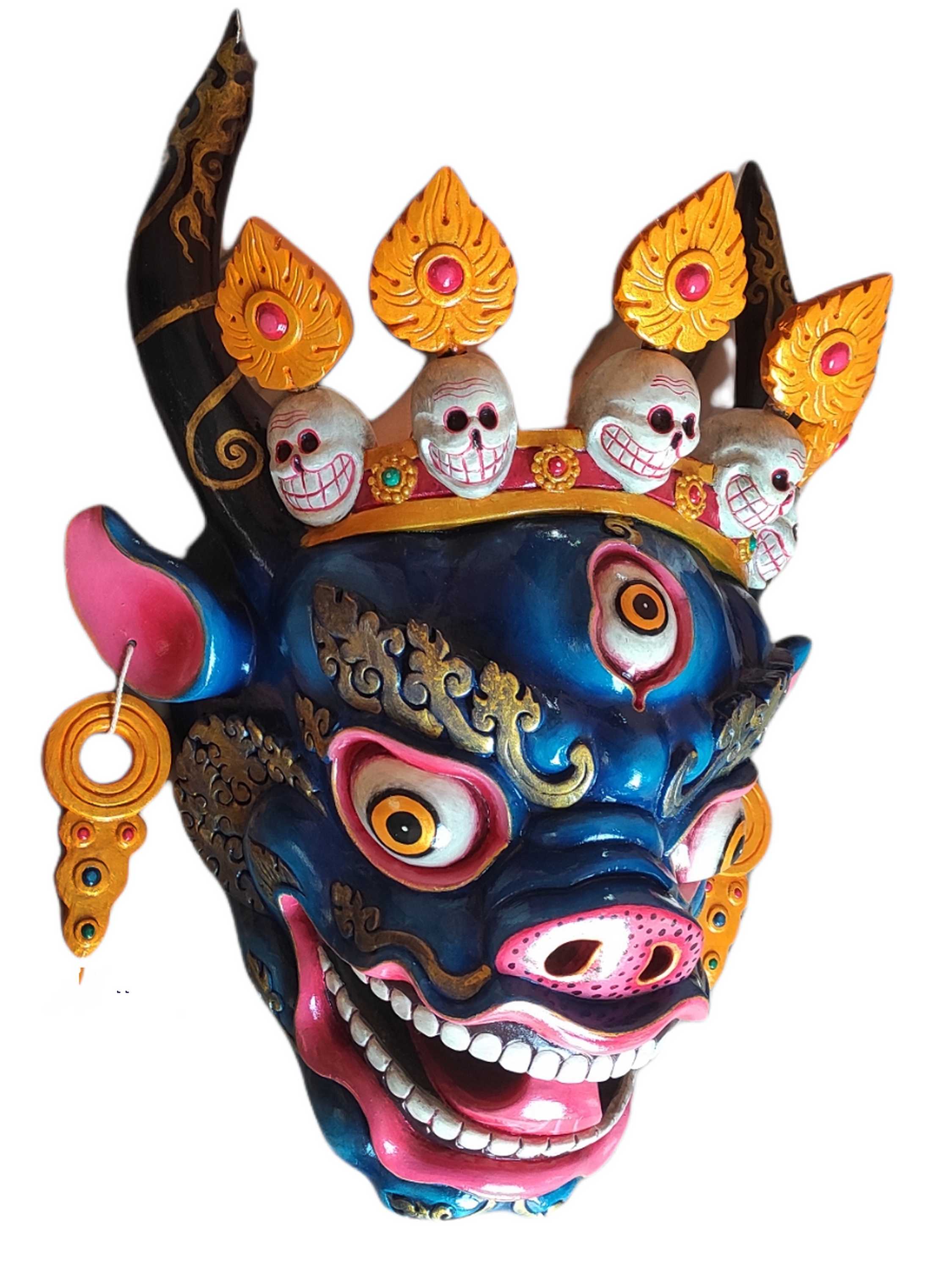
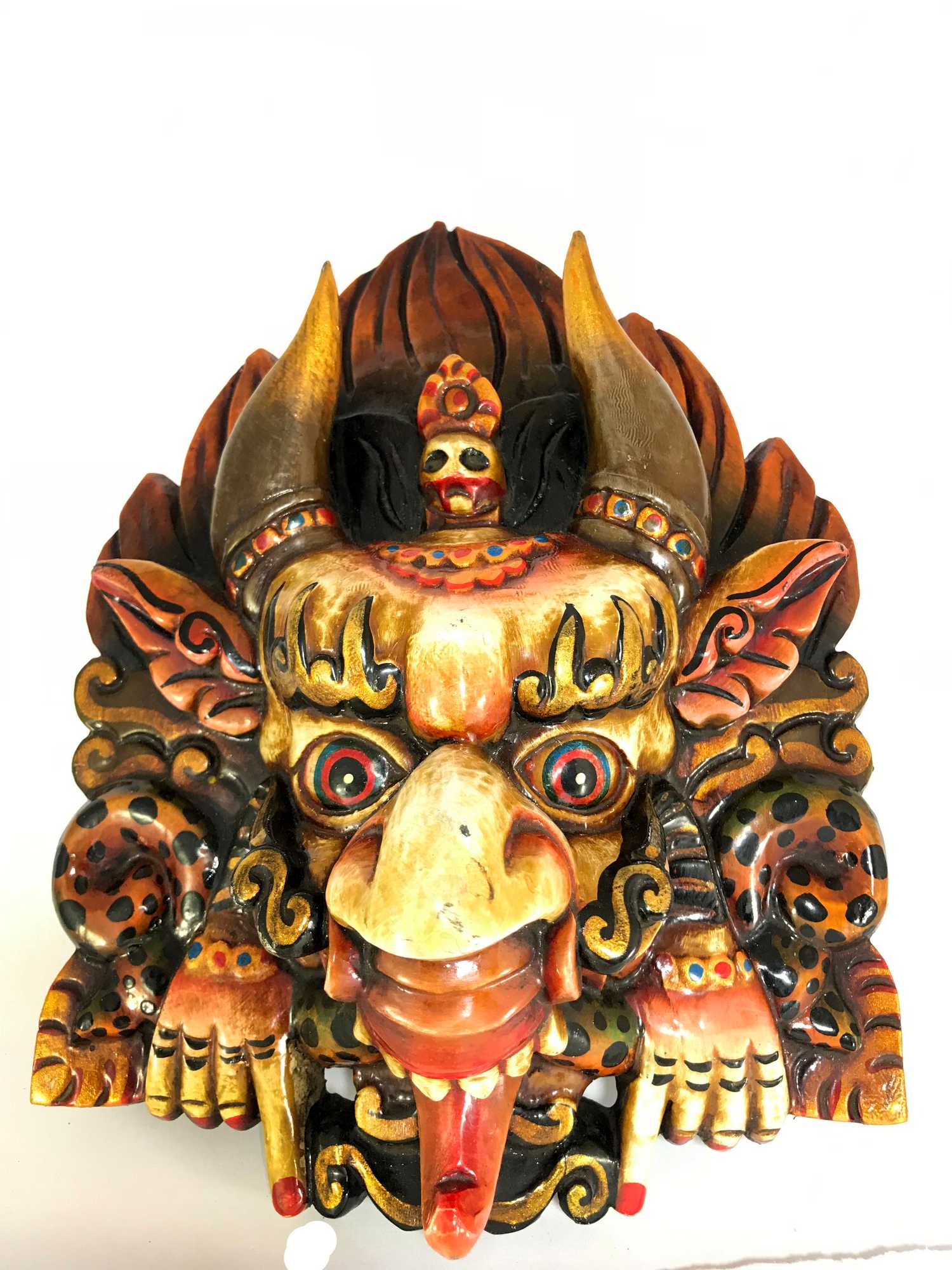
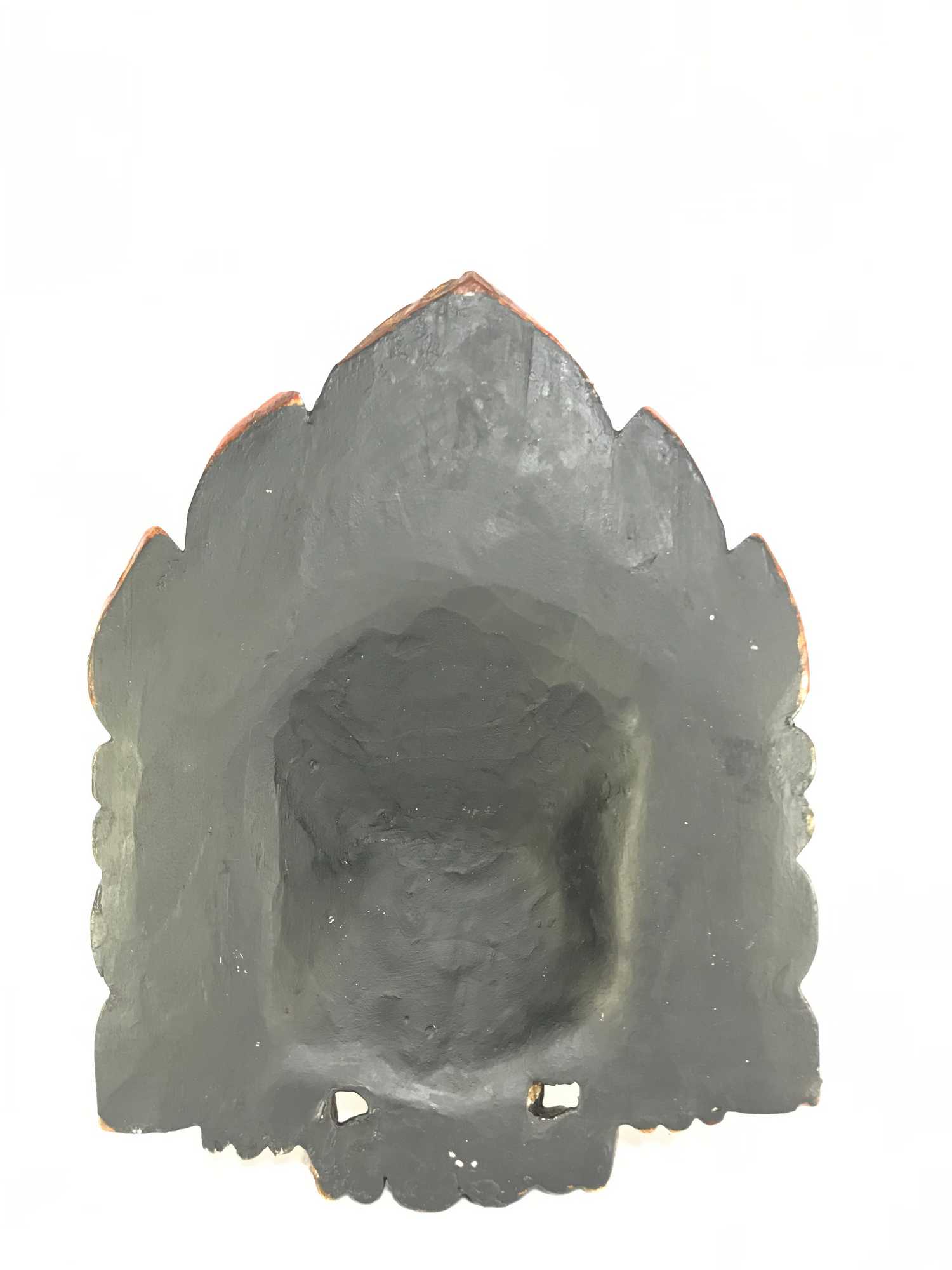
 Ganesh Mask, Handmade Wooden Mask, Wall Hanging,
Ganesh Mask, Handmade Wooden Mask, Wall Hanging,  Ganesh Mask, Handmade Wooden Mask, Wall Hanging,
Ganesh Mask, Handmade Wooden Mask, Wall Hanging, 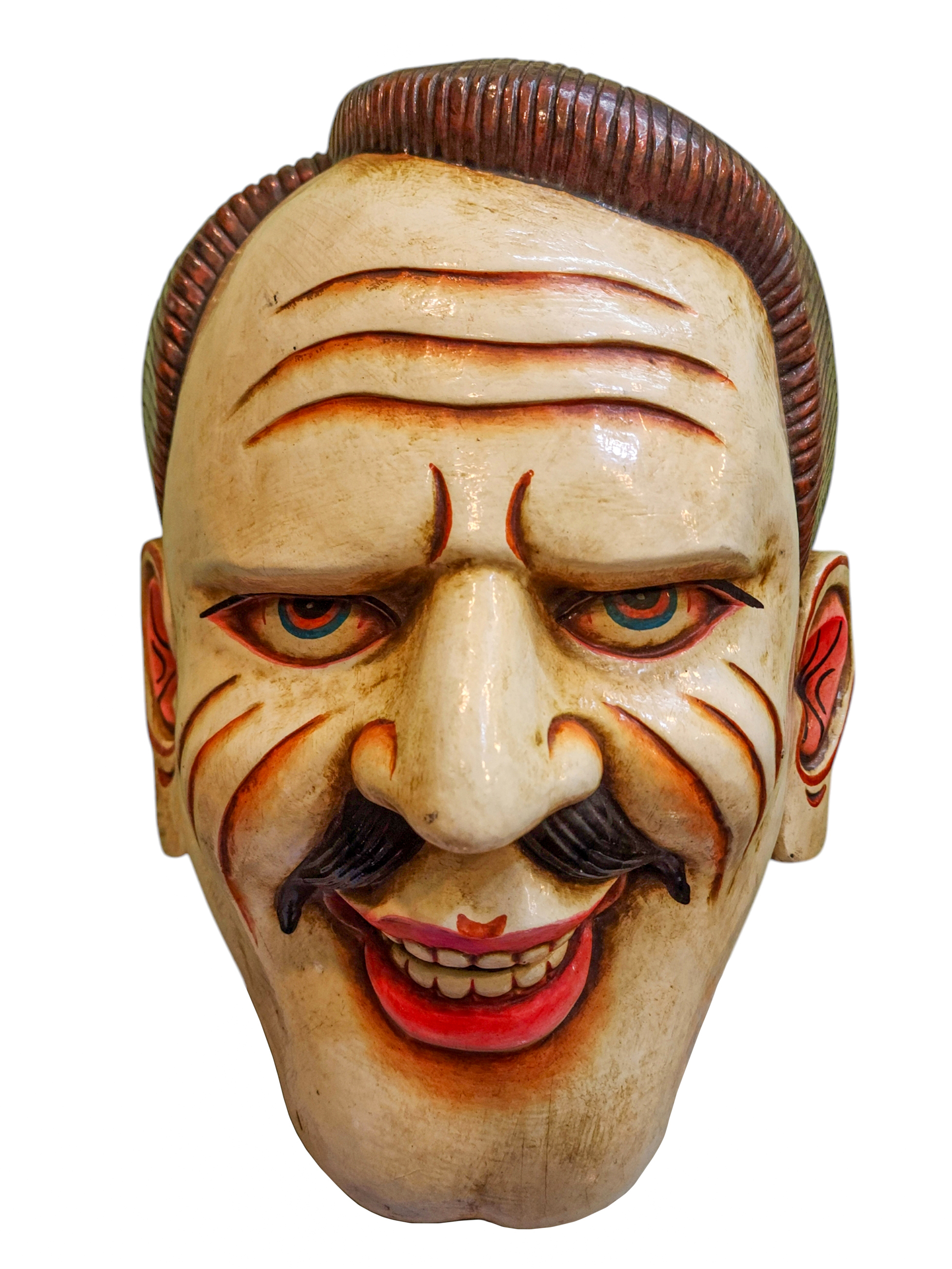 Joker, Handmade Wooden Mask, Wall Hanging, Painted, Poplar Wood" title="
Joker, Handmade Wooden Mask, Wall Hanging, Painted, Poplar Wood" title="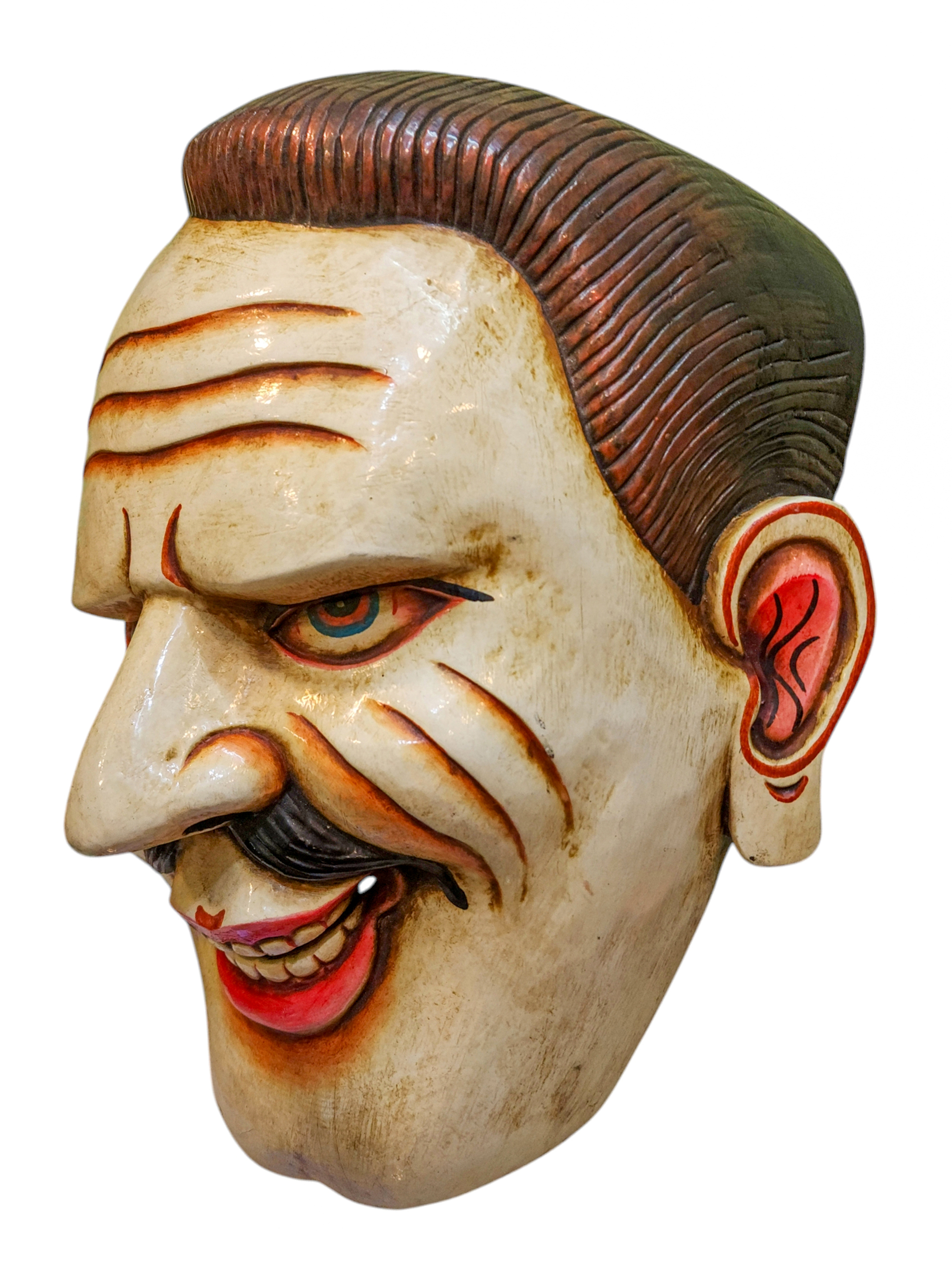 Joker, Handmade Wooden Mask, Wall Hanging, Painted, Poplar Wood" title="
Joker, Handmade Wooden Mask, Wall Hanging, Painted, Poplar Wood" title="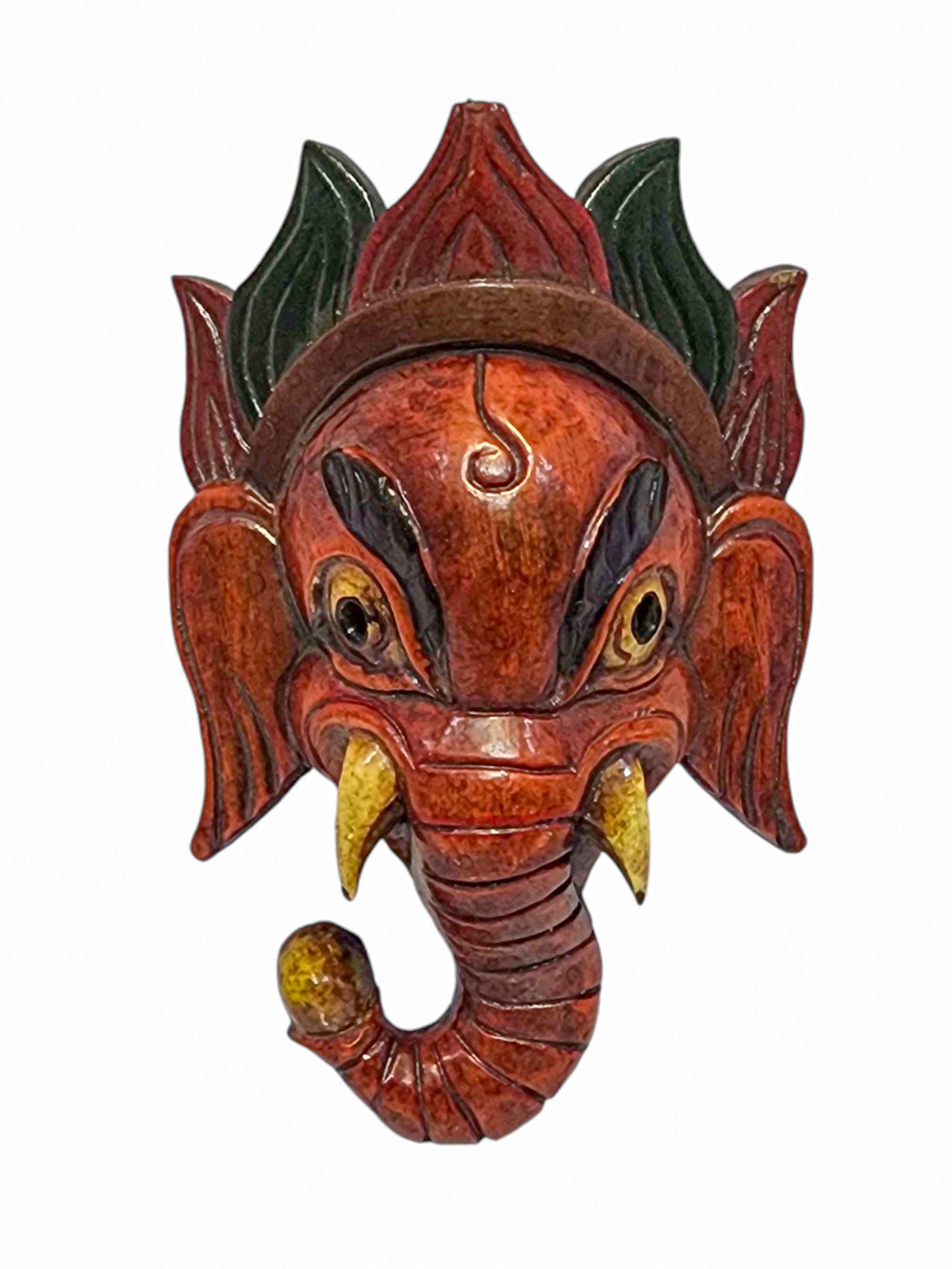 Ganesh, Handmade Wooden Mask, Wall Hanging,
Ganesh, Handmade Wooden Mask, Wall Hanging, 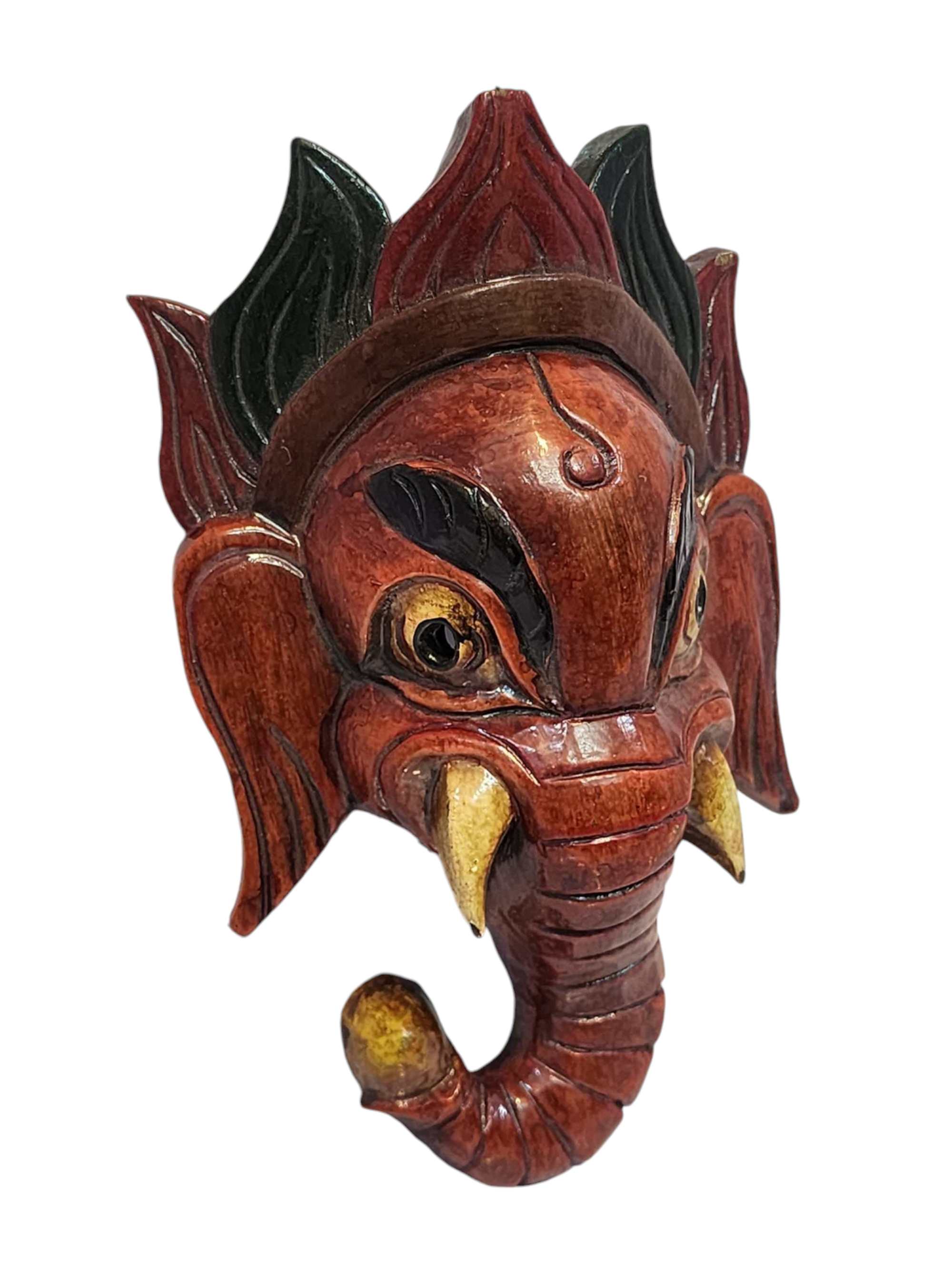 Ganesh, Handmade Wooden Mask, Wall Hanging,
Ganesh, Handmade Wooden Mask, Wall Hanging, 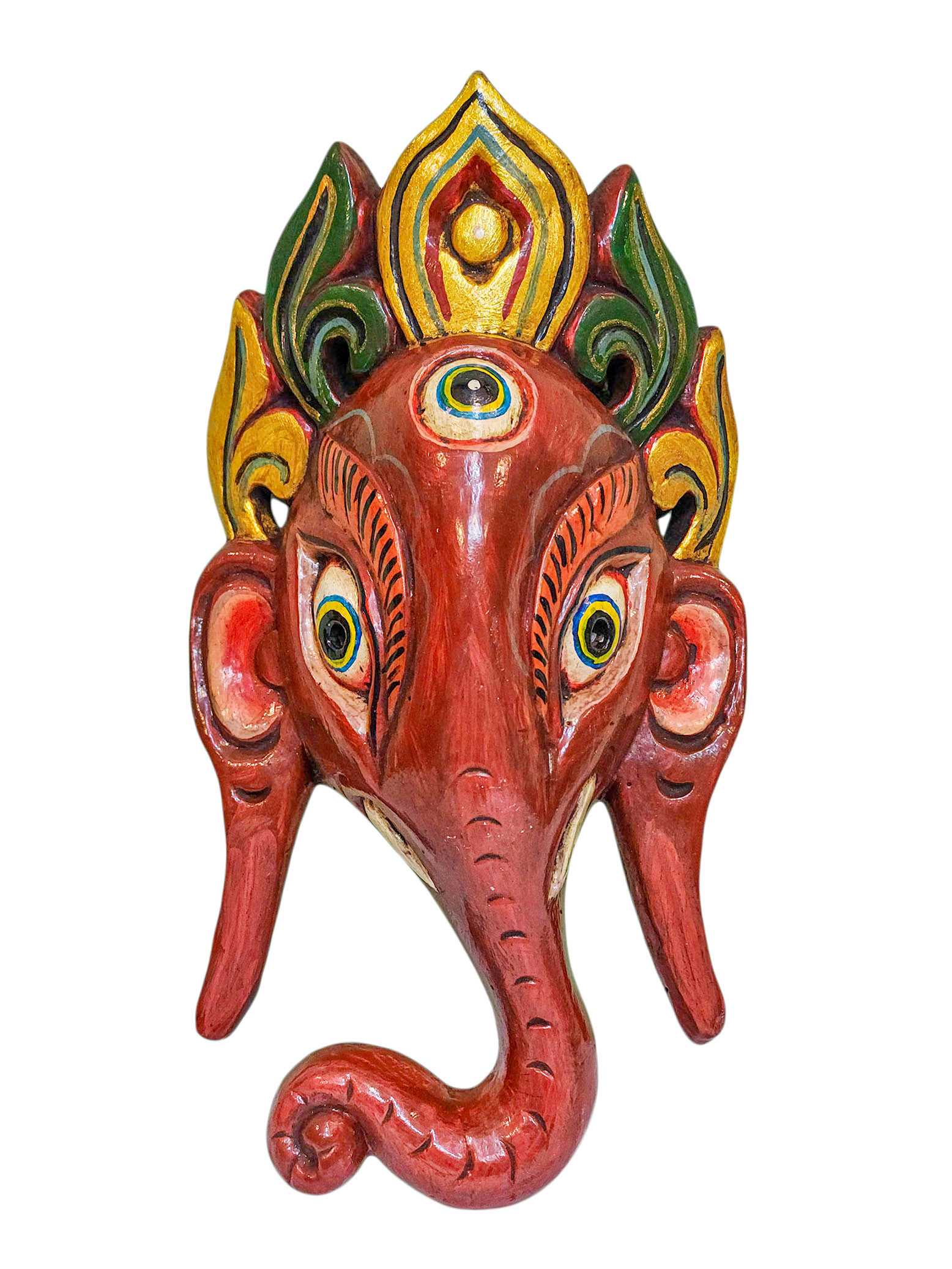 Ganesh, Handmade Wooden Mask, Wall Hanging,
Ganesh, Handmade Wooden Mask, Wall Hanging, 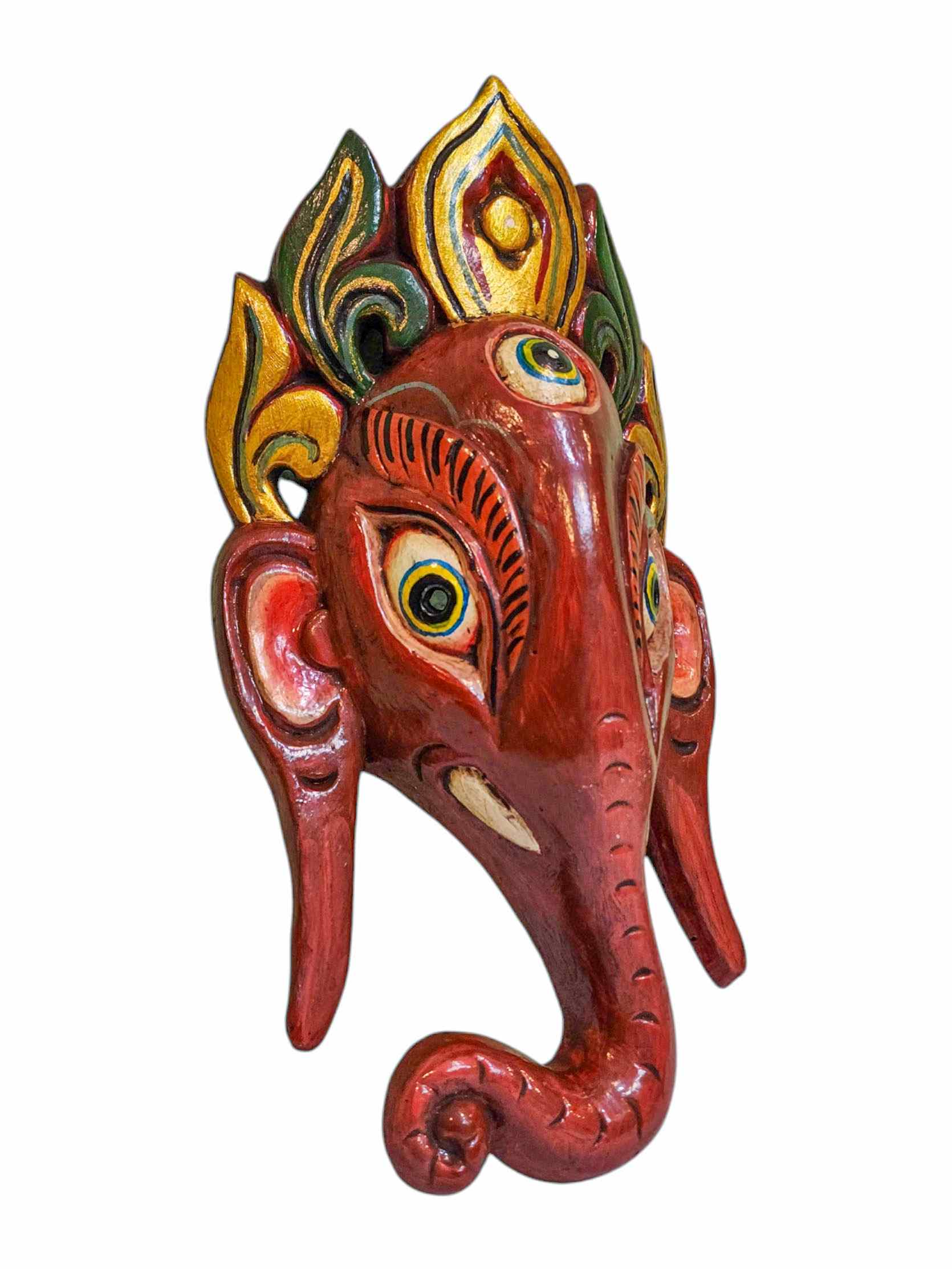 Ganesh, Handmade Wooden Mask, Wall Hanging,
Ganesh, Handmade Wooden Mask, Wall Hanging,  Tortoise, Handmade Wooden Mask, Wall Hanging, Painted, Poplar Wood, High Quality" title="
Tortoise, Handmade Wooden Mask, Wall Hanging, Painted, Poplar Wood, High Quality" title=" Tortoise, Handmade Wooden Mask, Wall Hanging, Painted, Poplar Wood, High Quality" title="
Tortoise, Handmade Wooden Mask, Wall Hanging, Painted, Poplar Wood, High Quality" title="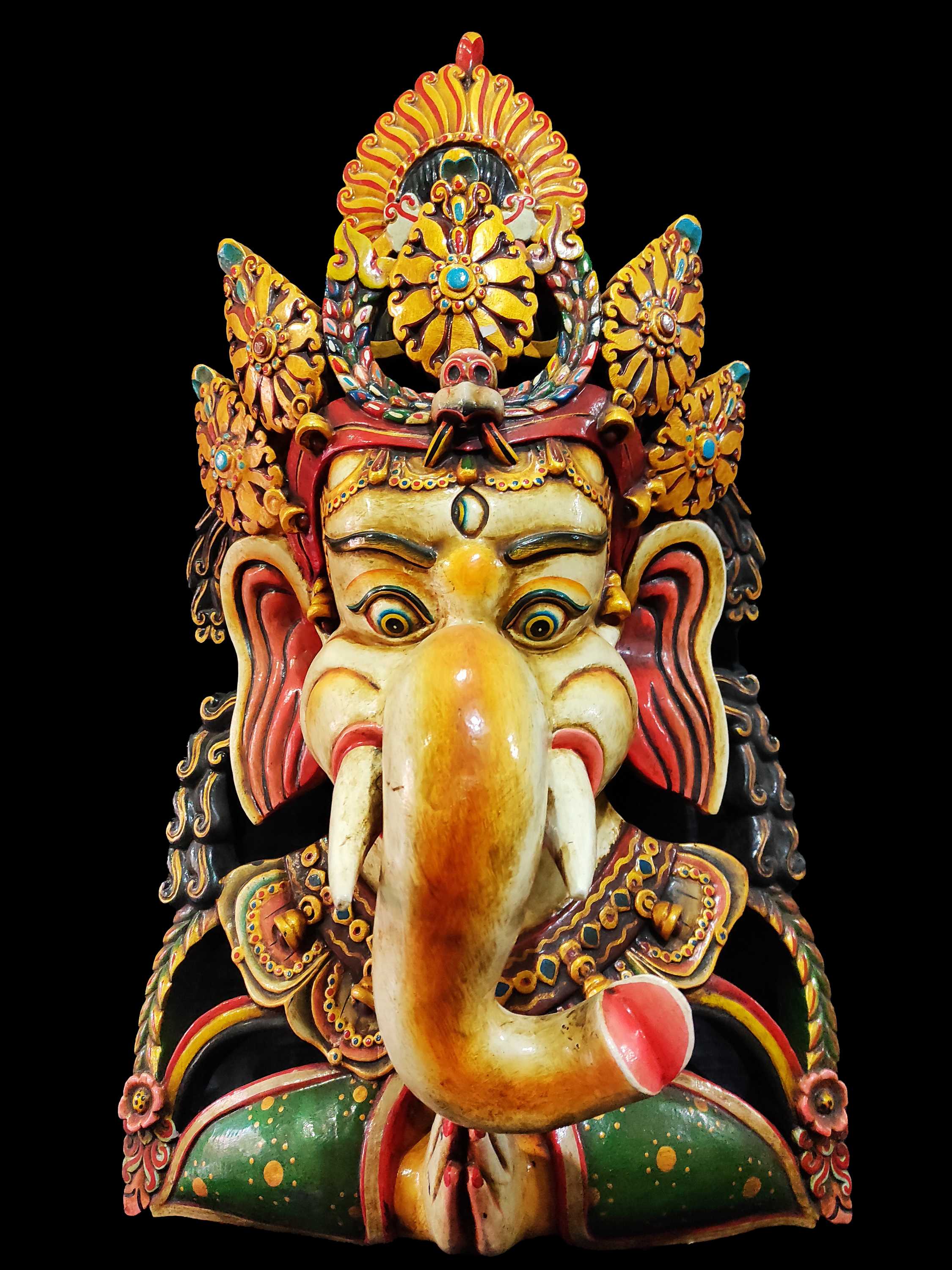 of Namaste Ganesh,
of Namaste Ganesh,  of Namaste Ganesh,
of Namaste Ganesh, 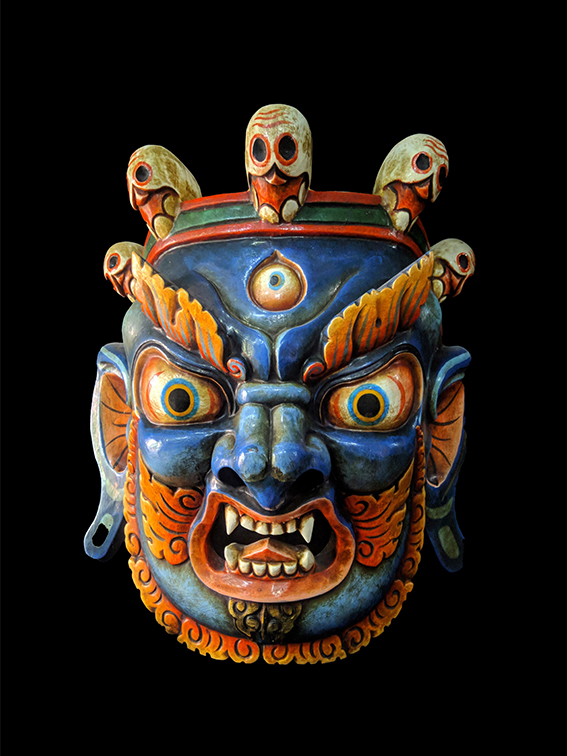 of Mahakala,
of Mahakala, 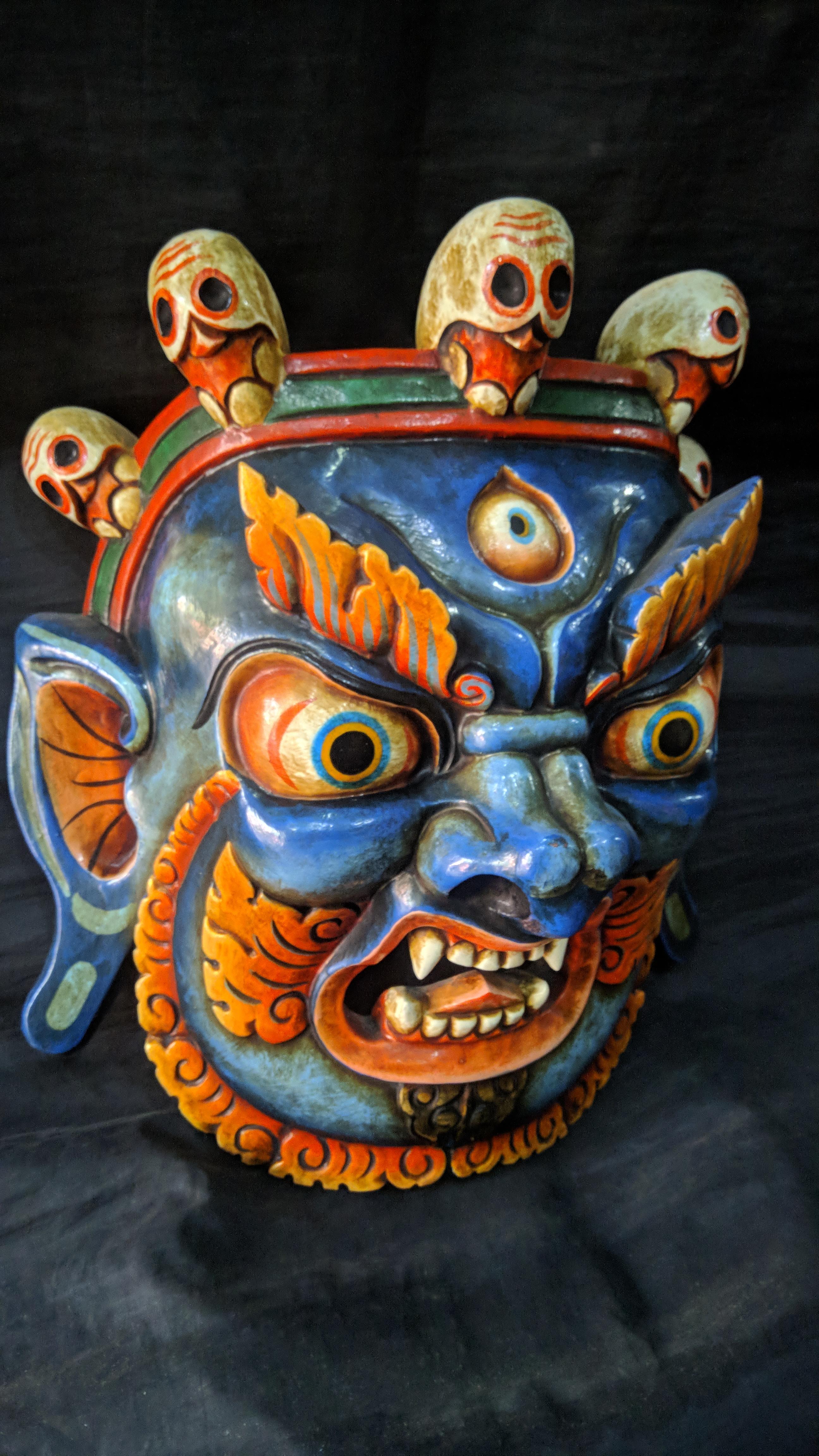 of Mahakala,
of Mahakala, 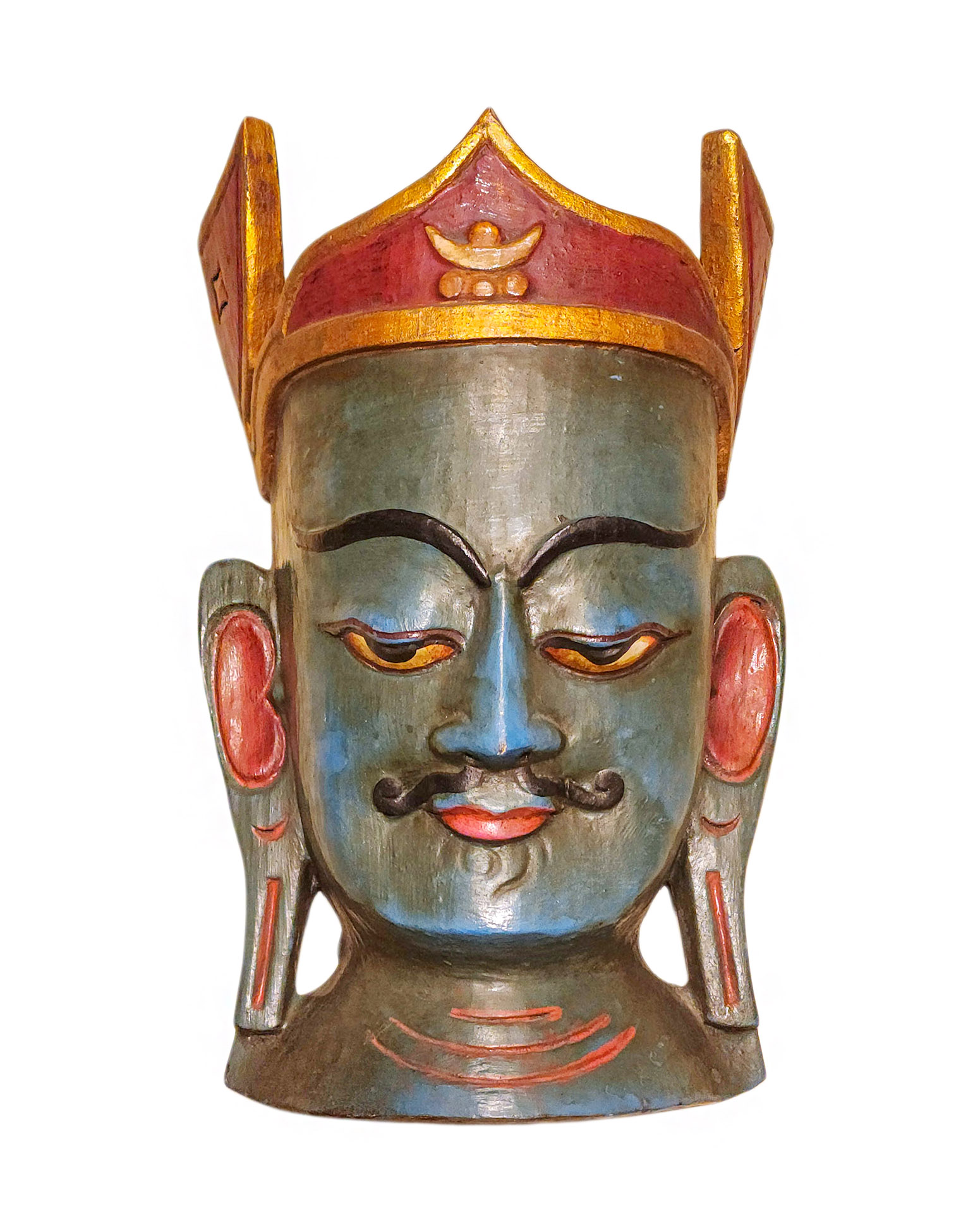 Padmasambhava,
Padmasambhava, 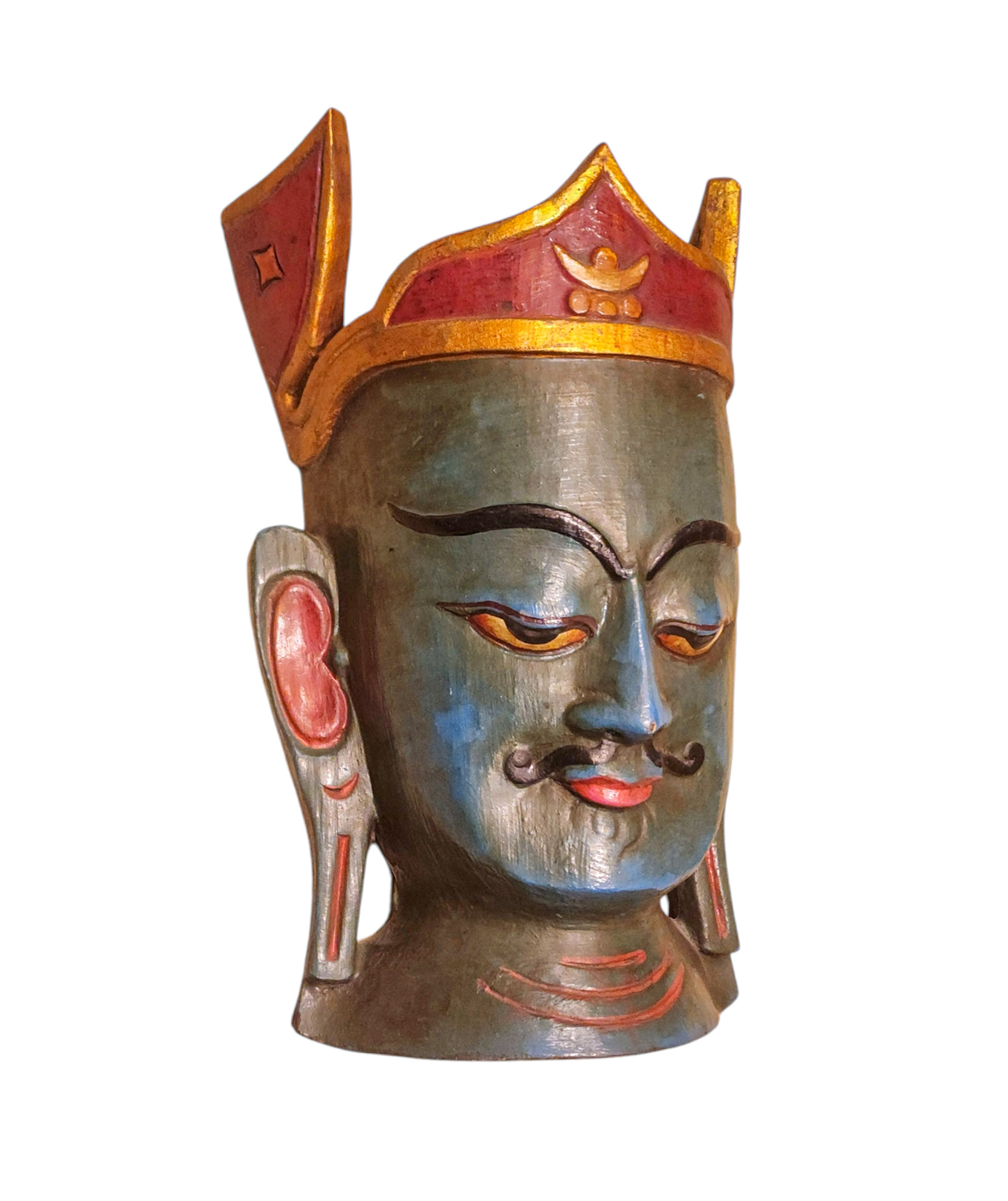 Padmasambhava,
Padmasambhava, 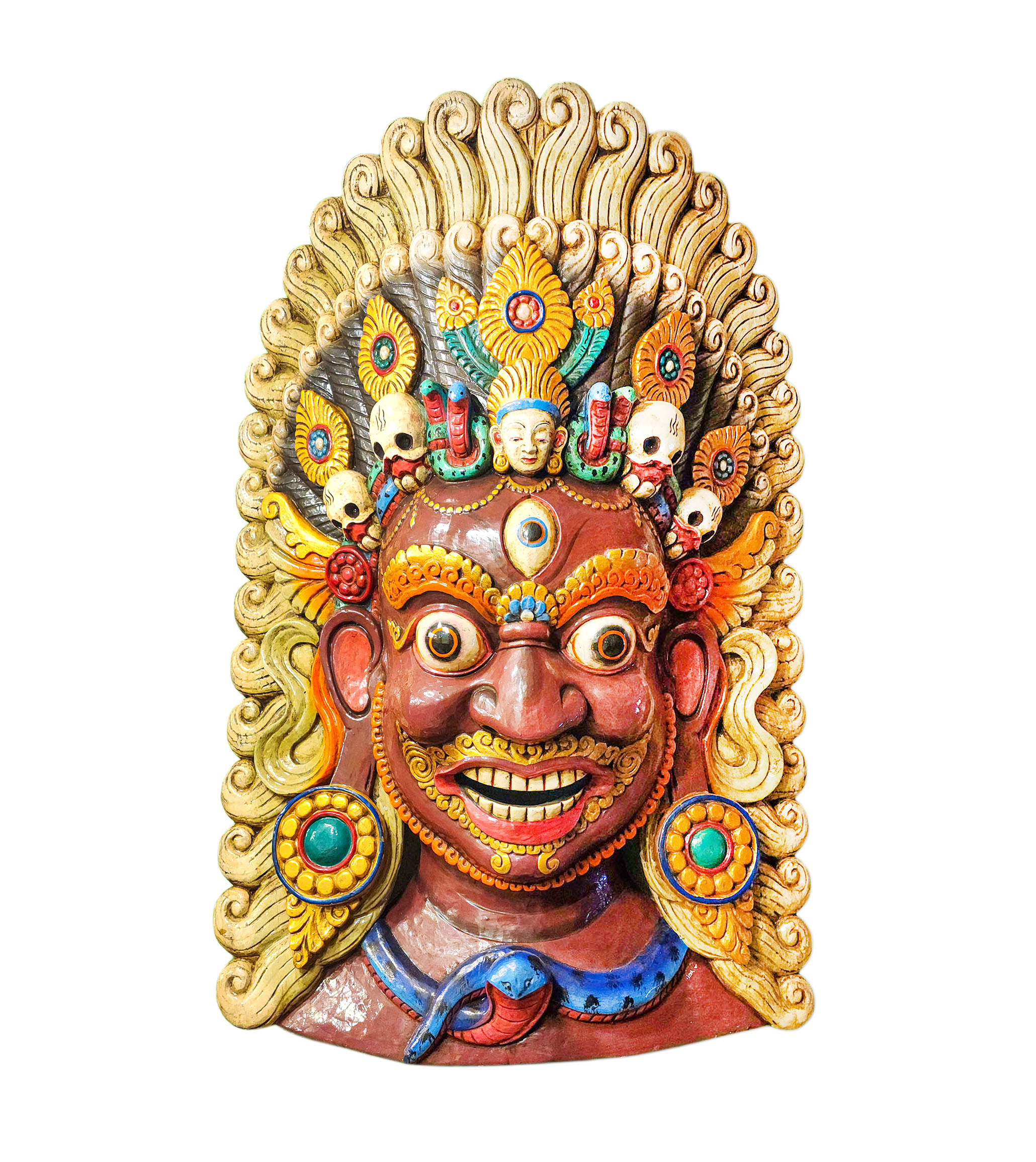 Bhairab, Handmade Wooden Mask, Wall Hanging,
Bhairab, Handmade Wooden Mask, Wall Hanging, 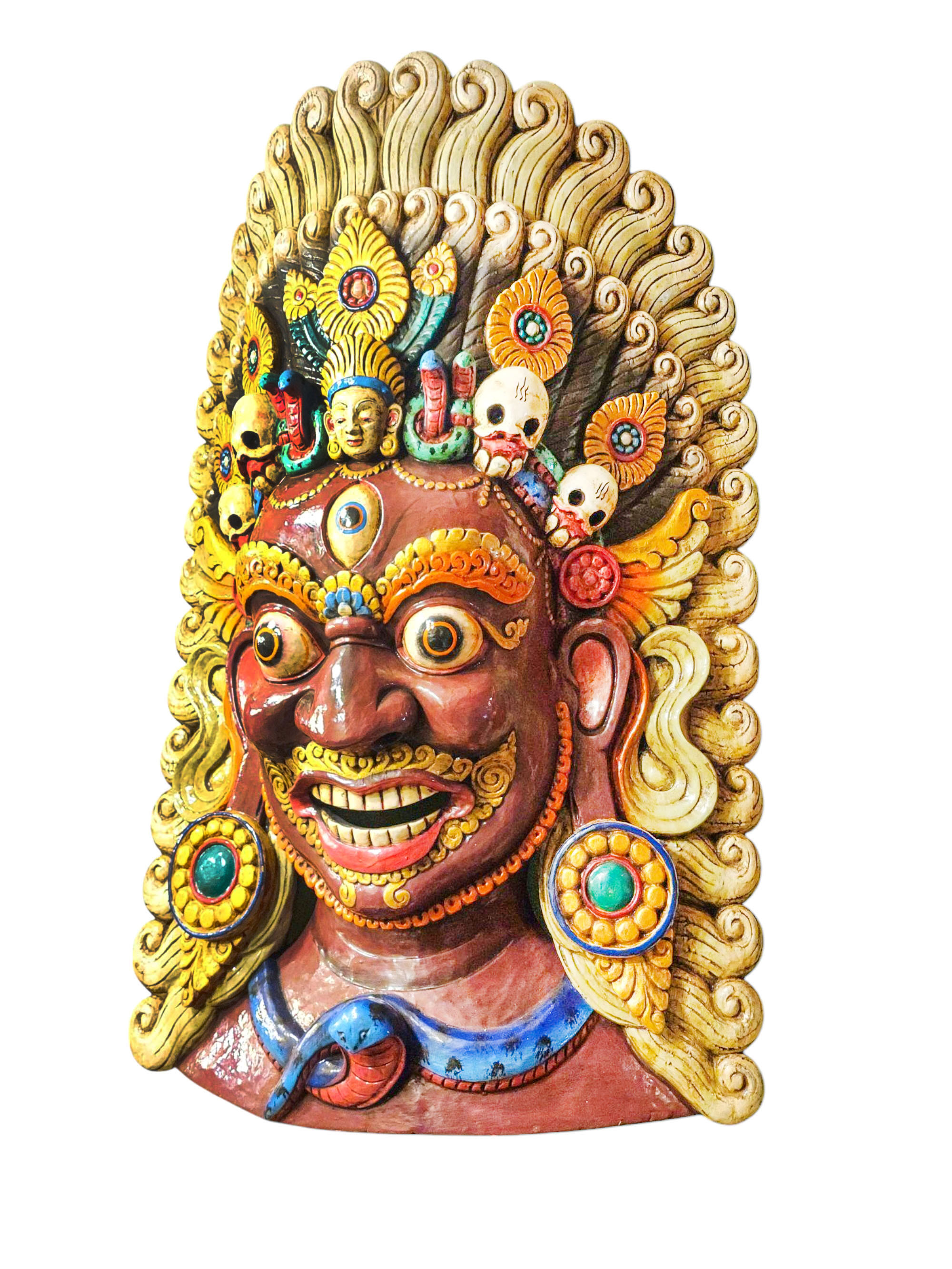 Bhairab, Handmade Wooden Mask, Wall Hanging,
Bhairab, Handmade Wooden Mask, Wall Hanging,